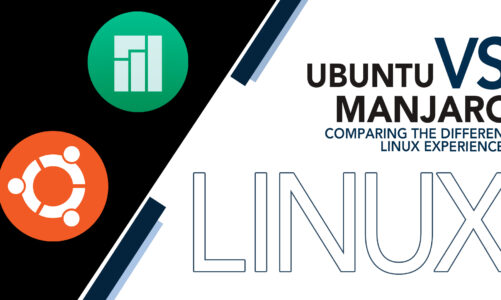When it comes to choosing a Linux-based operating system for your server or desktop, the options can be overwhelming. CentOS and Debian rank among the most widely used choices available. Both are open-source, stable, and reliable, but they differ in many aspects. Not sure about the differences? Well, right here, we will delve deep into the world of CentOS vs Debian with a detailed comparison of their unique features, security, stability, and more.
CentOS vs Debian
CentOS is a community-driven project that is derived from the Red Hat Enterprise Linux (RHEL) source code, while Debian is a non-commercial project that is developed by a team of volunteers. Both are widely used by individuals, small businesses, and large enterprises. But if you know the differences, you can make a better choice of which OS is better suited for your needs. So let’s get into the comparison of the two.
1: User Interface and ease of use
CentOS does not come with a default graphical user interface (GUI). Rather, it employs a command-line interface (CLI), which might pose a challenge for novice users. However, CentOS can be installed with various GUIs, such as GNOME and KDE, which make it easier to use.
Debian comes with a default GUI, which makes it more user-friendly than CentOS. The default GUI is based on the Xfce desktop environment, known for its efficient and swift performance. Debian also offers a variety of other desktop environments, such as GNOME, KDE, and LXDE, which users can choose from.
2: Package management
Package management is a crucial aspect of any operating system as it determines how software packages are installed, updated, and managed on the system. CentOS and Debian have different package management systems.
YUM (Yellowdog Updater, Modified) is the package manager utilized by CentOS, enabling users to efficiently install, update, and manage software packages through command-line functionality. YUM offers access to a substantial repository of packages and is commonly employed by system administrators.
Debian, on the other hand, uses the Advanced Packaging Tool (APT) package manager, which is also a command-line tool that allows users to install, update, and manage software packages on the system. APT has a vast repository of packages and is widely used in Debian-based systems.
3: Security
Safety is a paramount consideration for all operating systems, and both CentOS and Debian place a strong emphasis on ensuring security.
CentOS provides security updates and patches via the YUM package manager. CentOS also includes SELinux (Security-Enhanced Linux), a security module that provides mandatory access control policies to enhance the security of the system.
Debian also provides security updates and patches via the APT package manager. Debian also includes AppArmor, a security module that provides mandatory access control policies similar to SELinux.
4: Release Model
CentOS follows a stable release model, which means that new versions are released every few years, and each version is supported for a long period of time. CentOS is a favored option for servers that need extended maintenance and consistency, leading to its popularity.
Debian follows a rolling release model, which means that new versions are released continuously, and users can upgrade to the latest version at any time. Debian becomes a favored choice for those seeking the most recent features and security enhancements.
5: Stability and Reliability
CentOS and Debian are both recognized for their dependability and steadiness, rendering them appropriate for production settings.
CentOS derives from the source code of RHEL, recognized for its dependability and durability. CentOS provides long-term support and maintenance for each release, ensuring that the system remains stable and secure.
Debian is also reputed for its stability and unwavering performance. The rolling release model ensures that users have access to the latest security updates and bug fixes, while the testing and unstable branches provide a way to test new features before they are released.
6: Use Cases
CentOS and Debian are suitable for use in a wide range of settings, including web servers, application servers, and database servers.
CentOS is often used in enterprise environments where stability, security, and long-term support are important. It is also popular for web hosting due to its support for the Apache web server.
Debian is commonly utilized on personal computers such as laptops and desktops, as well as servers. It is popular for web hosting due to its support for the Nginx web server. Debian is also commonly used in scientific and academic settings due to its support for a wide range of software packages.
7: Community Support
Both CentOS and Debian have active and supportive communities that provide documentation, forums, and mailing lists to help users with their issues. However, CentOS has the advantage of being backed by Red Hat, a company with a strong reputation for enterprise-level support.
CentOS users can purchase support and training directly from Red Hat, which can be an advantage for enterprise-level users who require high-level support. Debian users do not have this option, but the community support is still excellent and responsive.
Conclusion
CentOS and Debian are both popular and reliable Linux-based operating systems that offer strong security features, stable performance, and easy package management. CentOS is a good choice for enterprise environments that require long-term support and stability, while Debian is a good choice for users who want the latest features and security updates. The detailed comparison above will surely help you make a better selection as per your requirements and conditions.



